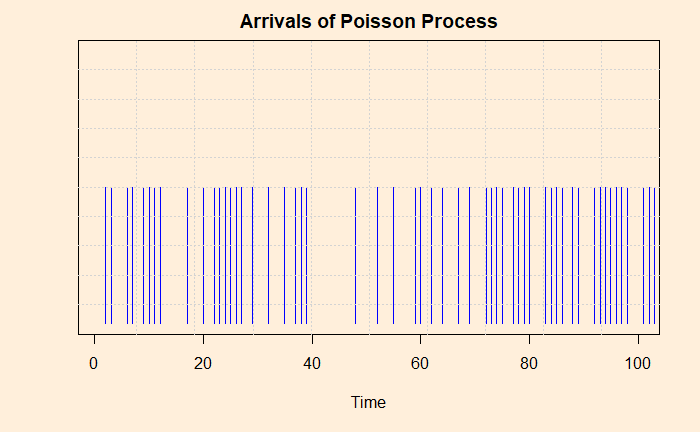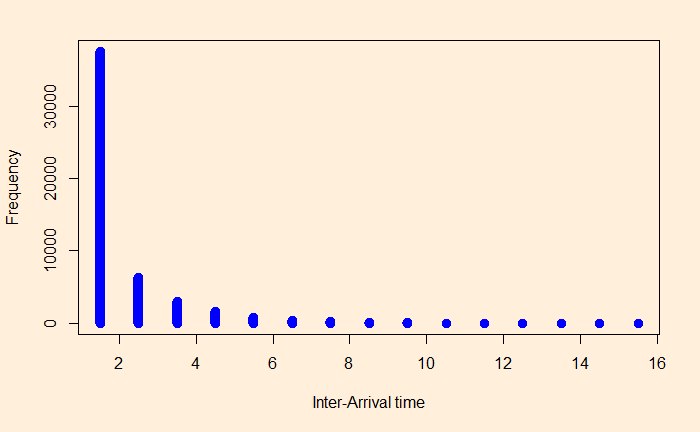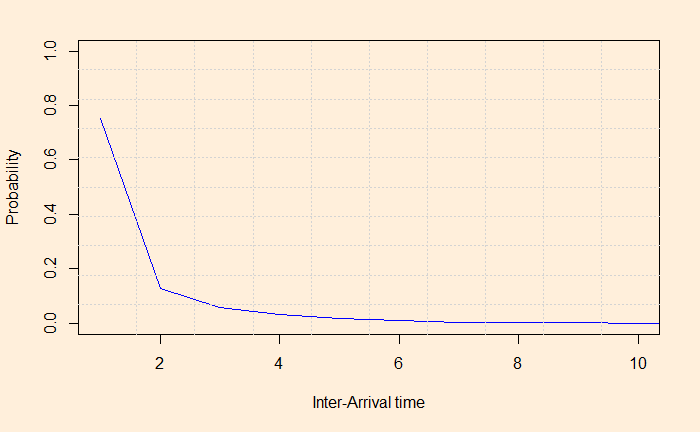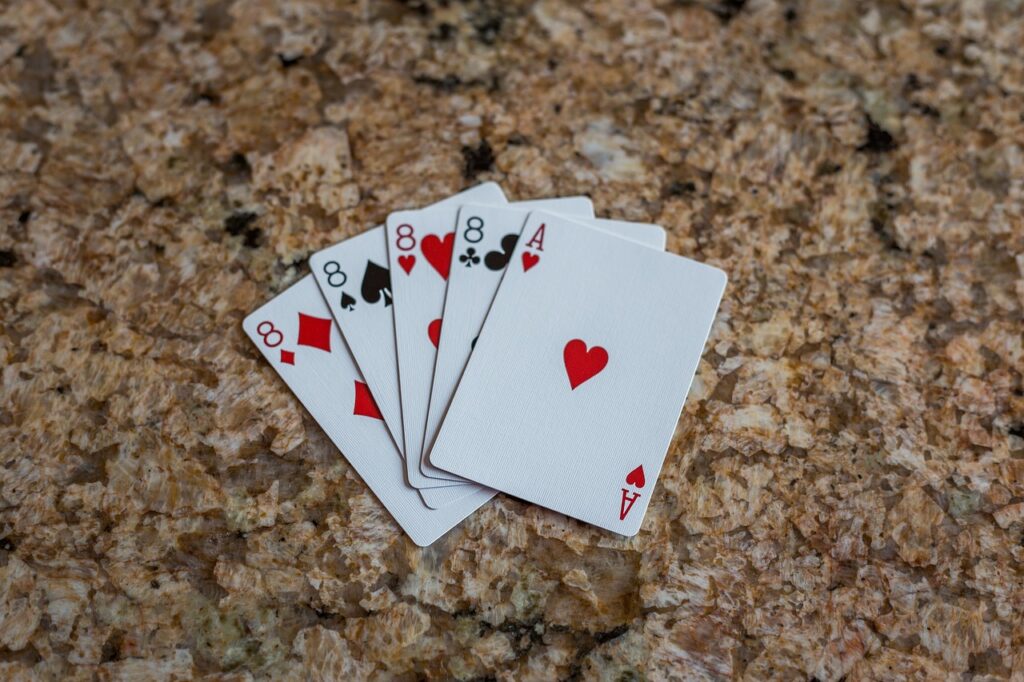The not-so-hidden secret is that biological innovations never come about during the great transition they are associated with.
Neil Shubin, Some Assembly Required
Another case of common sense is the theory of evolution.
Theorem of evolution
While it is no more topic of debate, thanks to millions of data collected in the last one hundred odd years, the concept of evolution has confused the generations since the day it was proposed.
Evolution of common sense
The first one was the remnants of Lamarckian thinking that essentially assumes that evolution is what an organism aspires and achieves, in its lifetime, to adapt to its environment. For example, a giraffe, in pursuit of high-lying leaves, stretches its neck so much that its child gets her neck a little longer than her mother, and it continues.
The other group is less dramatic with their approach, though commonsensical. Feather occurred to birds because it enabled the birds to fly, which helped them to survive in that environment. Similarly, lungs and limbs happened just about when the water-living creatures prepared to come out to the land.
More and more pieces of evidence proved that this understanding is wrong. The features such as the lungs or the wings were part of predecessor creatures ages before they transformed into their next level. For example, fishes of all species had swim bladders that enabled them to navigate different depths in the water. As genetic studies have later found, the genes responsible for these air sacs are the same that propelled the development of lungs. In other words, when the fish’s successor came to land, it just repurposed the swim bladder for breathing.
Inventions to products
A closer analogy is the example of green hydrogen as a vector of decarbonised energy. Hydrogen production through water electrolysis using renewable electricity such as solar PV is considered a commercial-ready option for a carbon-free energy future. To anybody who followed the history of science, electrolysis is by no means a new technology.
Alkaline water electrolysis technology is more than 120 years old. It has been serving the niche market of caustic and chlorine until now.
Similar story for solar PV. Bell Labs announced a solar battery in 1954 that could produce electricity whenever a thin slice of silicon was contacted by sunlight, being celebrated as a miracle device by the leading newspapers of that time. At the time of its invention, it was so expensive that Bell Labs calculated a cost of $1.5m to power one home using their technology!
But nothing happened for another 65 years!
Repurposing under societal pressure
This chemistry of evolution, where the ingredients were made in the distant past, but mixing happens only today, has confused people and led to creating two bands of commentators. The first group, the Vaclav Smil-type, develops some allergy to “high-tech worshippers” and claims whatever happens today was a result of the 1880s. The second group are mesmerised by the speed at which discoveries are happening right in front of their eyes. Both got carried away by the chemistry of evolution.







